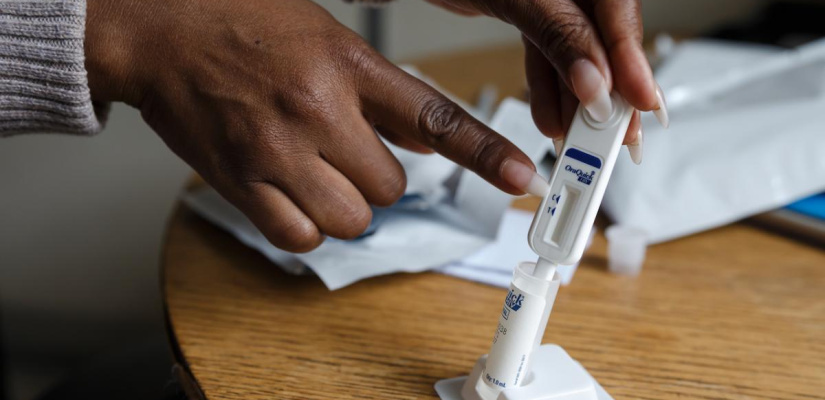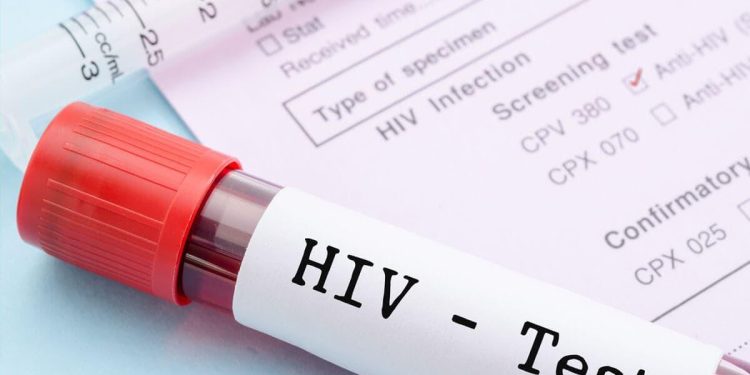The Ghana HIV and AIDs Network (GHANET) has distributed 48,580 HIV test kits to some men across its project operational areas.
The figure represented 63 per cent of the total target distribution of 77,665.
Mrs. Victoria Araba Dennis, the Vice President of the Network, told the Ghana News Agency that the focus on men was a deliberate strategy aimed at increasing HIV testing uptake among men who generally exhibited poor health-seeking behaviours.
She added that distribution by age saw clients between 20 and 24 receiving the highest proportion of the test kits, followed closely by those aged 25 to 29 and 30 to 34.
Also, 44 of the test kits were taken up by minors aged 0-14 years.
Mrs. Dennis said the above was done with parental request and consent.
She said the majority of clients, representing 77.3 per cent, preferred unassisted testing, while 22.7 per cent opted to be assisted.
The goal of the HIV Self-Testing was to allow individuals to independently test on their own; thus the high figure was a plus to the project, Madam Dennis added.
Additionally, 46,263 individuals who accessed testing were first-time users, while the remaining 31,420 were repeat testers.
Referring to last year’s performance, she noted that students continued to receive more kits, underscoring the focus on younger, sexually active populations.
The Vice President expressed gratitude to the sponsors of the project, the Ministry of Health and other relevant institutions for the gains made so far.
She also appreciated the invaluable contributions of all implementing community-based organisations and the Secretariat.
Also, the 2025 National and Sub-National HIV Estimates and Projections report, launched in Accra, shows that 12,614 AIDS-related deaths were recorded in 2024.
The report, which outlines Ghana’s HIV landscape for 2024, revealed that 334,721 people are currently living with HIV in the country.
Women continue to be disproportionately affected, making up 68.5% (229,261) of the total number of people living with HIV, compared to 31.5% (105,460) for men.

The adult HIV prevalence rate (ages 15–49) stands at 1.49%, with women again bearing a heavier burden of new infections.
In 2024, females accounted for 67.4% (10,303) of new HIV cases, while males represented 32.6% (4,987).
The age breakdown of those living with HIV also indicates that the epidemic continues to affect adults more significantly.
Adults aged 15 and above make up 94.6% (316,492) of the total population living with HIV, while children aged 0–14 account for 5.4% (18,229).
Alarmingly, 69% of these adult infections are among women, and 34% affect young people (15–24 years old)—28% of whom are young women.
Despite notable strides in Prevention of Mother-To-Child Transmission (PMTCT), with 99.3% of HIV-positive mothers accessing services to protect their babies, only 47.5% of people living with HIV are on antiretroviral therapy (ART).
This has left an estimated 107,128 people unaware of their HIV status, posing a challenge to Ghana’s HIV elimination goals.












